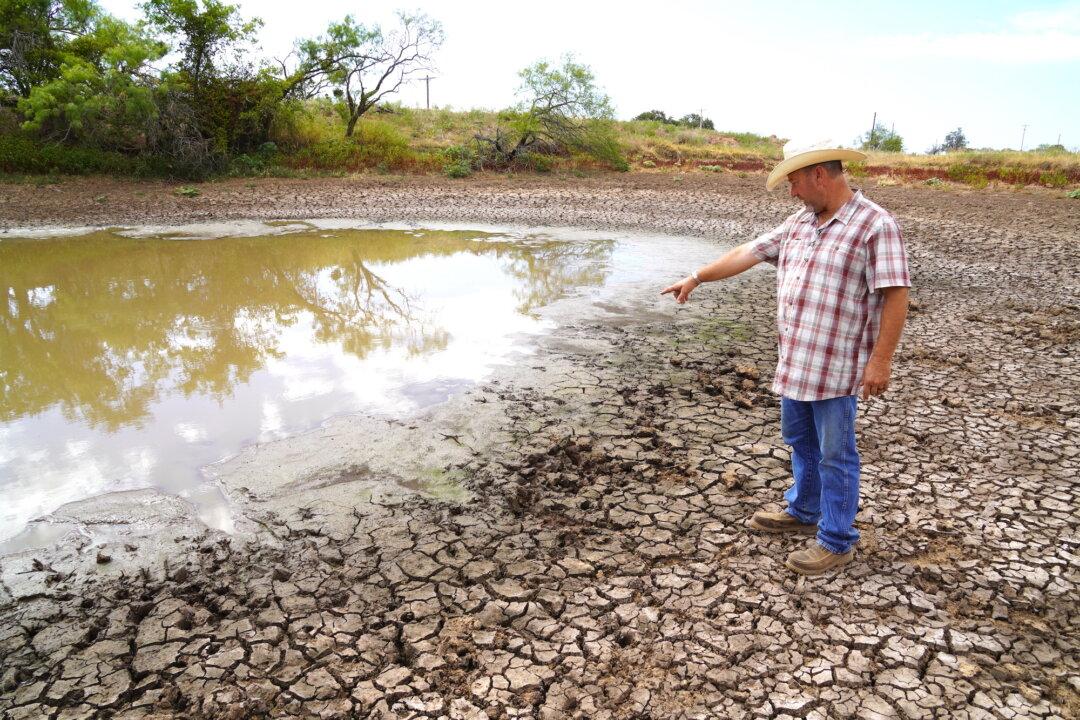CROSS PLAINS, Texas—Sheila Payne Blackburn always believed that cowgirls were a special breed who never quit when things got tough.
Now, she knows even the sturdiest of them have their limits.

CROSS PLAINS, Texas—Sheila Payne Blackburn always believed that cowgirls were a special breed who never quit when things got tough.
Now, she knows even the sturdiest of them have their limits.